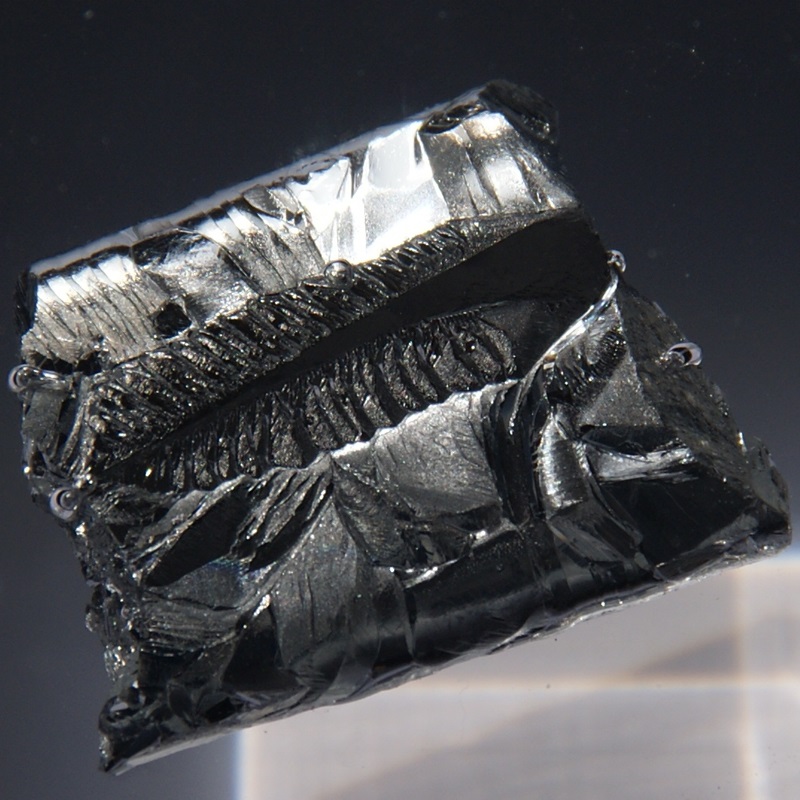アンチモン
51
Sb
族
15
周期
5
ブロック
p
陽子
電子
中性子
51
51
71
一般特性
原子番号
51
原子量
121.76
質量数
122
カテゴリ
半金属
色
銀色
放射性
いいえ
From the Greek word anti plus monos - a metal not found alone
結晶構造
単純 三方晶系
歴史
One of antimony's minerals, stibnite was recognized in predynastic Egypt as an eye cosmetic as early as about 3100 BC.
The first European description of a procedure for isolating antimony is in the book De la pirotechnia of 1540 by Vannoccio Biringuccio.
The first natural occurrence of pure antimony in the Earth's crust was described by the Swedish scientist and local mine district engineer Anton von Swab in 1783.
The first European description of a procedure for isolating antimony is in the book De la pirotechnia of 1540 by Vannoccio Biringuccio.
The first natural occurrence of pure antimony in the Earth's crust was described by the Swedish scientist and local mine district engineer Anton von Swab in 1783.
電子殻
2, 8, 18, 18, 5
電子配置
[Kr] 4d10 5s2 5p3
Antimony is a poor conductor of heat and electricity
物理特性
相
固体
密度
6.685 g/㎝3
融点
903.78 K | 630.63 °C | 1167.13 °F
沸点
1860.15 K | 1587 °C | 2888.6 °F
融解熱
19.7 kJ/mol
蒸発熱
68 kJ/mol
熱容量
0.207 J/g·K
地殻中における存在比
0.00002%
宇宙空間における存在比
4×10-8%

CAS登録番号
7440-36-0
PubChem CID番号
5354495
原子特性
原子半径
140 pm
共有結合半径
139 pm
電気陰性度
2.05 (ポーリングの値)
イオン化エネルギー
8.6084 eV
モル体積
18.22 ㎝3/mol
熱伝導率
0.243 W/㎝·K
酸化数
-3, 3, 5
用途
The largest applications for metallic antimony are as alloying material for lead and tin and for lead antimony plates in lead-acid batteries.
Alloying lead and tin with antimony improves the properties of the alloys which are used in solders, bullets and plain bearings.
Antimony trioxide is used as a flame retardant in adhesives, plastics, rubber and textiles.
Alloying lead and tin with antimony improves the properties of the alloys which are used in solders, bullets and plain bearings.
Antimony trioxide is used as a flame retardant in adhesives, plastics, rubber and textiles.
Antimony and many of its compounds are toxic
同位体
安定同位体
121Sb, 123Sb不安定同位体
103Sb, 104Sb, 105Sb, 106Sb, 107Sb, 108Sb, 109Sb, 110Sb, 111Sb, 112Sb, 113Sb, 114Sb, 115Sb, 116Sb, 117Sb, 118Sb, 119Sb, 120Sb, 122Sb, 124Sb, 125Sb, 126Sb, 127Sb, 128Sb, 129Sb, 130Sb, 131Sb, 132Sb, 133Sb, 134Sb, 135Sb, 136Sb, 137Sb, 138Sb, 139Sb